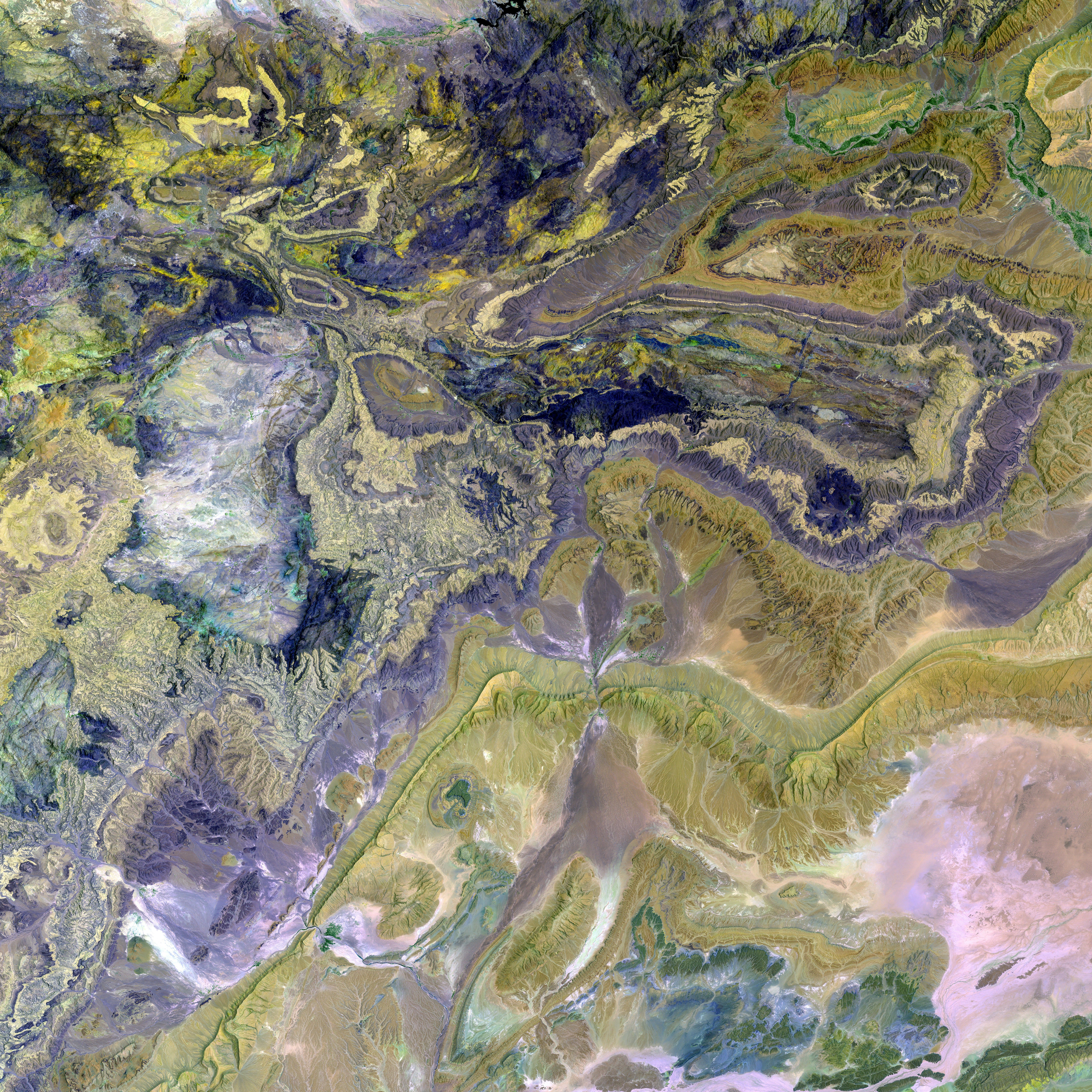Discussing Problem Gambling: Guidance Provided in 'Seeking Understanding' Webinar
Gambling in the modern world is akin to an ecological phenomenon known as the edge effect, as explained by Dr. Brett Abarbanel, University of Nevada, Las Vegas' Executive Director of the International Gaming Institute, during a recent webinar titled "Seeking Understanding."
When different habitats collide, such as a forest meeting a grassland, the edge effect occurs. In the case of gambling, we have the collision of various elements like games, sports, technology, platforms, and data. This merge produces a diverse ecosystem, much like the edge effect in plant and animal communities.
"The edge effect in our world revolves around the structural changes happening as gambling and gambling-like products emerge from different merged habitats that 30 years ago might have been siloed items," said Abarbanel.
This diversity makes it challenging to address issues faced by those struggling with gambling disorders, but with advancements in technology, it is becoming easier to identify players with risk factors before they reach a critical stage.
Charmaine Hogan, Head of Regulatory Affairs at Playtech, emphasized the importance of detecting patterns of risky play early to avoid self-exclusion, indicating that the player may have already experienced harm at that point. Modern systems, she said, detect these patterns of risky play weeks before traditional methods do.
"Messages that are based on the use of AI and those flagged patterns of play are more effective than generic messages," Hogan added. She also highlighted that there are over 70 indicators that can be used across different parameters to identify risky play.
Abarbanel raised a concern about defining what constitutes gambling, stating that the interpretation might differ among legislators, lawyers, and the general public. Operators should focus on how they deliver their products to people, ensuring that their approach encourages responsible gambling practices without prioritizing rapid customer acquisition over long-term player development, she said.
By integrating technology into the gaming ecosystem, it is possible to create a healthier environment that supports customer engagement while mitigating risks. This can be achieved through customized interventions, resource provision, community engagement, and education about betting risks and strategies. By doing so, we can promote responsible gambling practices and prevent problem gambling behaviors.
- The edge effect in the gambling world, as Dr. Abarbanel explained, occurs when various elements like games, sports, technology, and platforms collide, creating a diverse ecosystem that resembles the edge effect in plant and animal communities.
- With advancements in technology, it is becoming pragmatically feasible to identify players with risk factors for gambling disorders before they reach a critical stage, according to Charmaine Hogan, Head of Regulatory Affairs at Playtech.
- Modern systems, as Hogan pointed out, can detect patterns of risky play weeks before traditional methods do, shedding light on the importance of early detection to avoid self-exclusion and potential harm.
- Operators in the casino-and-gambling industry, Abarbanel suggested, should focus on delivering their products in a responsible manner, prioritizing long-term player development over rapid customer acquisition, to prevent problem gambling behaviors and promote ecologically mindful gaming practices.







